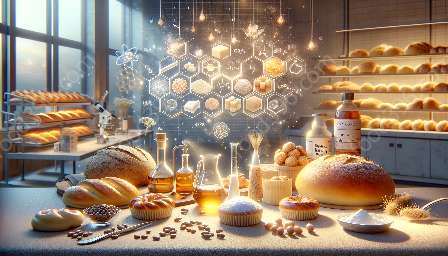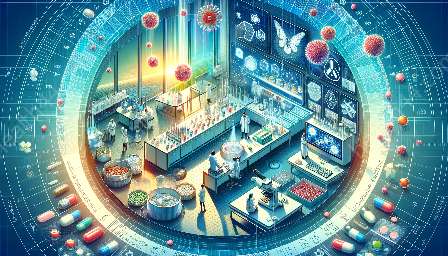Baking is not just an art; it is also a science. The process of transforming raw ingredients into delectable treats involves a myriad of chemical reactions. It's fascinating to delve into the world of chemical reactions during baking and understand how leavening agents play a crucial role in creating the perfect texture and flavor in baked goods. From the initial combination of ingredients to the final product, chemical reactions are constantly shaping the outcome of the baking process.
Understanding Leavening Agents
Leavening agents are substances that are used to lighten the texture and increase the volume of baked goods by adding gas to the mixture. There are three main types of leavening agents: biological, chemical, and mechanical.
Biological leavening agents, such as yeast and sourdough starter, work by producing carbon dioxide through fermentation. The carbon dioxide gas forms bubbles in the dough, causing it to rise and creating a light, airy texture in the finished product.
Chemical leavening agents, including baking powder and baking soda, release carbon dioxide gas when they come into contact with acidic or moist ingredients. This gas expands during baking, causing the batter or dough to rise and resulting in a soft and fluffy texture.
Mechanical leavening agents, such as air and steam, are incorporated into the mixture through processes like creaming and whipping. These agents help to aerate the batter or dough, contributing to its light and tender structure.
Role of Chemical Reactions in Baking
Chemical reactions are at the heart of the baking process, driving the transformation of simple ingredients into a complex array of flavors, textures, and aromas. One of the key chemical reactions in baking is the Maillard reaction, which occurs when sugars and proteins are exposed to heat. This reaction gives baked goods a golden brown color and a rich, complex flavor profile.
Another important chemical reaction is the production of carbon dioxide gas, which is essential for leavening. Baking powder and baking soda react with acidic components in the batter or dough to release carbon dioxide, leading to the expansion and rising of the mixture. The balance of these chemical reactions determines the final texture and structure of the baked goods.
The Science and Technology of Baking
Advances in baking science and technology have revolutionized the way we approach baking. From understanding the interactions of ingredients to mastering the art of controlling chemical reactions, modern bakers have access to a wealth of knowledge and tools to create exceptional baked goods. Scientists and food technologists continue to research and innovate, uncovering new insights into the chemical processes that take place during baking.
With the aid of technology, bakers can precisely control the parameters of the baking process, such as temperature, humidity, and mixing techniques, to optimize the chemical reactions and achieve consistent, high-quality results. Additionally, the use of specialized equipment and ingredients has expanded the possibilities for creating new and innovative baked goods.
Conclusion
Chemical reactions during baking are a captivating intersection of art and science. Exploring the role of leavening agents, delving into the complex chemical reactions that shape the texture and flavor of baked goods, and understanding the advancements in baking science and technology provide a deeper appreciation for the magic that happens inside the oven. With a better understanding of the chemical processes involved in baking, bakers can elevate their skills and create truly exceptional treats that delight the senses.


